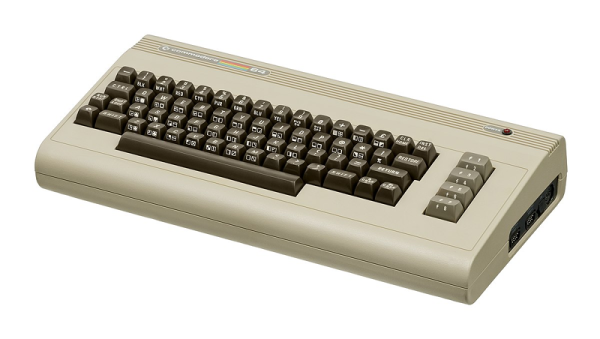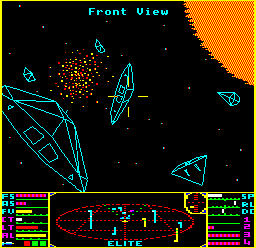The Red Ring of Death (RROD) was the bane of many an Xbox 360 owner. The problem was eventually solved, mostly, but memories of that hellish era lurk in the back of many a gamer’s mind. For a more cheery use of those same status lights, you might appreciate “Lightshow” from [Derf].
The concept is simple enough. It’s a small application that runs on an Xbox 360, and allows you to test the individual LEDs that make up the Ring of Light indicator, along with the main power LED. If you want to test the lights and see each segment correctly lights up as green, yellow and red, you can.
Alternatively, you can have some fun with it. [Derf] also programmed it to flash along to simple four-channel MIDI songs. Naturally, Sandstorm was the perfect song to test it with. It may have been the result of a simple throwaway joke, but [Derf] delivered in amusing fashion nonetheless.
Lightshow is an entry for Xbox Scene Modfest 2024; it’s nice to see the community is still popping off even in this era of heavily-locked-down consoles. We’ve featured some other useful 360 hacks in recent months, too. Video after the break.



![A Raspberry Pi-based AVR workstation that uses a Kaypro keyboard and 9" monochrome Apple ][c display.](https://hackaday.com/wp-content/uploads/2024/12/Atari-AVR-workstation.jpg?w=400)















